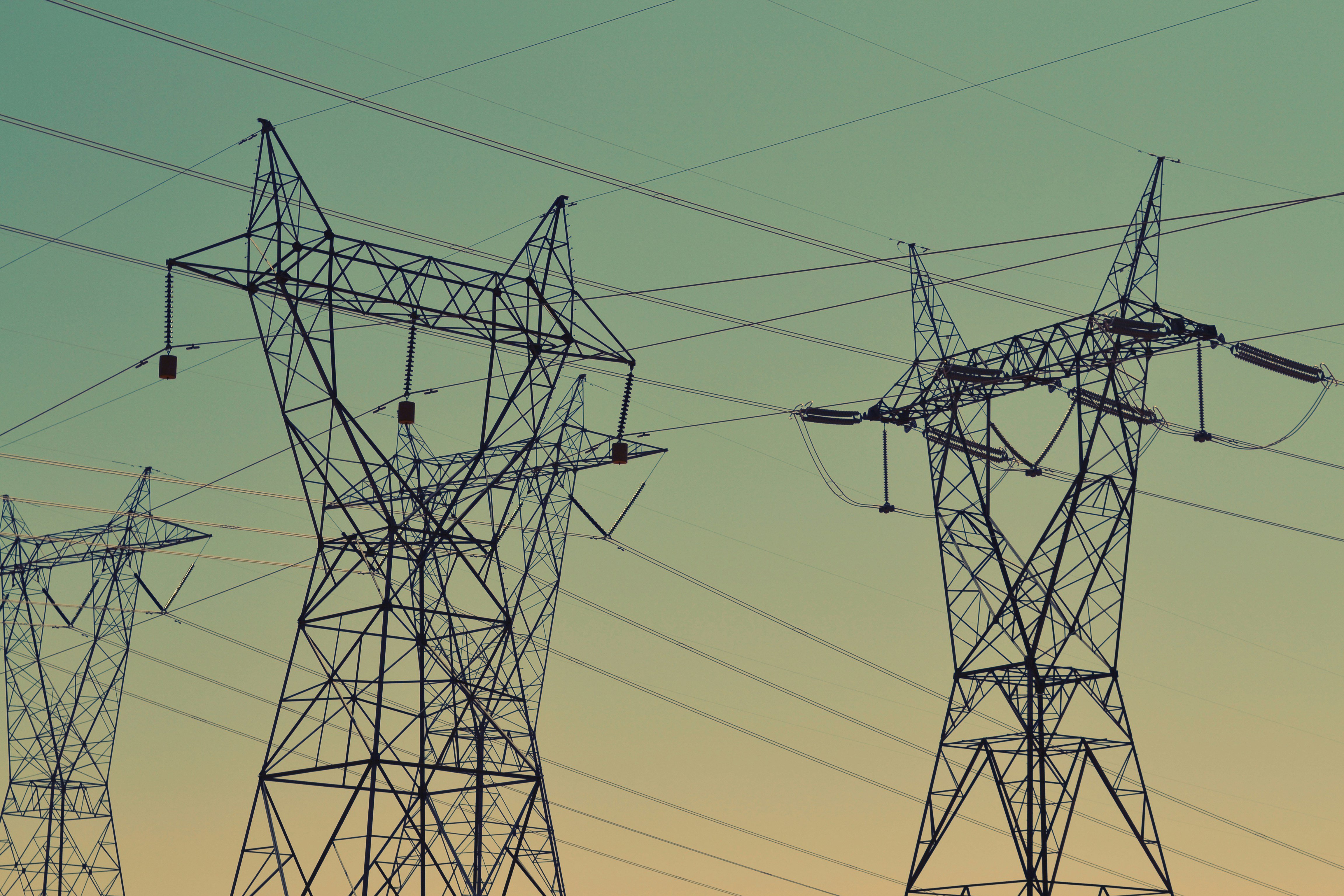By Bill C John Woodside
The Prime Minister’s Office did not return a request for comment.
A coast-to-coast high voltage direct current (HVDC) line could be built in under five years, at a cost of roughly $24 billion, according to a study from the David Suzuki Foundation — $10 billion less than the recently completed Trans Mountain expansion project.
“Building an east-west electricity grid across Canada is a huge opportunity that will improve our energy security and create thousands of jobs,” said Stephen Thomas, clean energy manager with the David Suzuki Foundation, in a statement. “With demand for power going up, our electricity system needs to be powered by renewable energy, not fossil fuels.
“A renewable-backed electricity grid will lower people’s energy bills while limiting environmental harm and pollution.”
A briefing note prepared for a meeting between federal and Ontario officials in December that Canada’s National Observer received through a federal access to information request describes the process leading up to the federal clean electricity regulations. The document notes that Environment and Climate Change Canada “made significant changes to relax the regulations in the final design,” following “substantial stakeholder feedback.”
Those relaxed regulations, published in December, allow fossil fuels to be used to generate electricity as far into the future as 2050, despite originally intending to be net-zero by 2035. The rules will still push provinces and utilities to transition to clean electricity — a widely recognized prerequisite to decarbonize other sectors like transportation, buildings and heavy industry — but “flexibilities” to allow gas-fired power plants to operate well past 2035 are now baked into the country’s decarbonization efforts.
The 105 groups behind Thursday’s letter want the federal government to achieve a net-zero power grid by updating Canada’s electricity strategy. They also call for upholding legal rights for Indigenous communities, including the right to free, prior and informed consent; labour supports like prevailing wage requirements and training capacity; and upgrades to both transmission and generation in line with affordable, reliable, clean electricity.
Last year, then-energy and natural resources minister Jonathan Wilkinson told Canada’s National Observer that some provinces were eager to collaborate on expanding the power grid — with the notable exceptions of Alberta and Saskatchewan.
Even though a nationwide grid has long been discussed, a likely starting point is strengthening regional tie-ins between provinces with significant hydro resources and those still reliant on fossil fuels to better manage supply and demand.
A bit of geographic luck has already positioned Canada relatively well for this approach. Each province that still depends on burning coal, oil or gas to generate electricity has a neighbour with hydropower that can lend a hand. Some like British Columbia, Manitoba, Quebec and Newfoundland and Labrador have massive hydro resources, while others like Alberta, Saskatchewan, New Brunswick and Nova Scotia still rely on fossil fuels.
